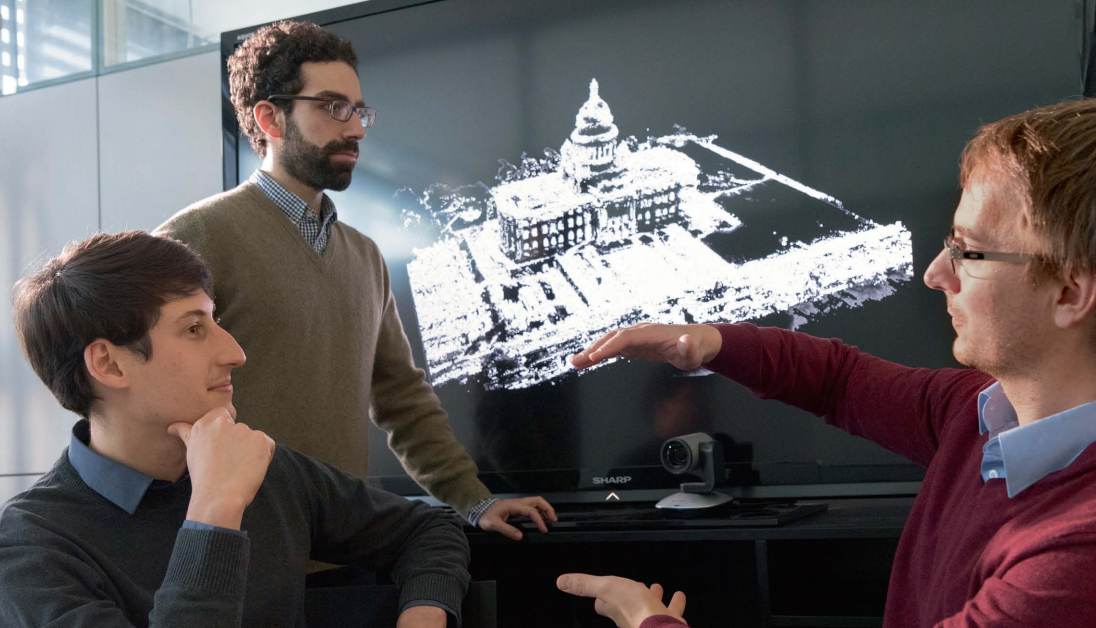Human Pose, Shape and Action
3D Pose from Images
2D Pose from Images
Beyond Motion Capture
Action and Behavior
Body Perception
Body Applications
Pose and Motion Priors
Clothing Models (2011-2015)
Reflectance Filtering
Learning on Manifolds
Markerless Animal Motion Capture
Multi-Camera Capture
2D Pose from Optical Flow
Body Perception
Neural Prosthetics and Decoding
Part-based Body Models
Intrinsic Depth
Lie Bodies
Layers, Time and Segmentation
Understanding Action Recognition (JHMDB)
Intrinsic Video
Intrinsic Images
Action Recognition with Tracking
Neural Control of Grasping
Flowing Puppets
Faces
Deformable Structures
Model-based Anthropometry
Modeling 3D Human Breathing
Optical flow in the LGN
FlowCap
Smooth Loops from Unconstrained Video
PCA Flow
Efficient and Scalable Inference
Motion Blur in Layers
Facade Segmentation
Smooth Metric Learning
Robust PCA
3D Recognition
Object Detection
Reconstruction

A fundamental problem in computer vision is the reconstruction of the 3D world. This has applications as varied self-driving cars, 3D mapping, virtual reality, graphics, and robotics. We think that reasoning about the 3D world and its structure is at the heart of computer vision. In Perceiving Systems we study the recovery and reconstruction of 3D structure from single images, RGB-D data, video sequences, stereo, and multi-view stereo.
Our major innovations lie in combining high-level and semantic cues with low-level features. We view the problem as the integration of model fitting with dense structure recovery. While much of our work has focused on object-specific models like people and cars, we are particularly interested in generic representations and compositional models of objects and scenes.
Increases in computing power, labeled training data, large databases of 3D CAD models, 3D sensors, and open-source rendering engines, are all opening new opportunities to model and infer 3D objects and scenes.